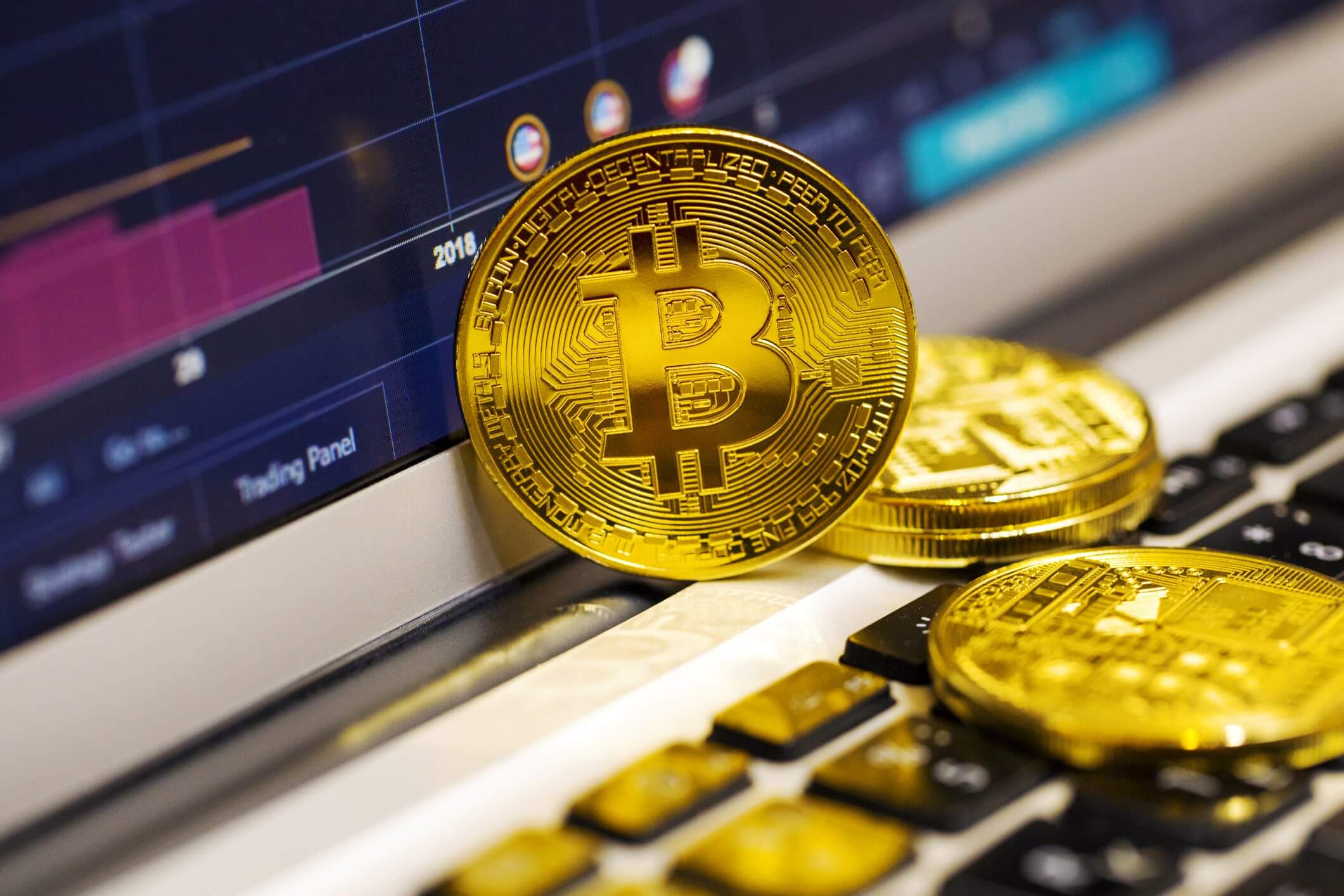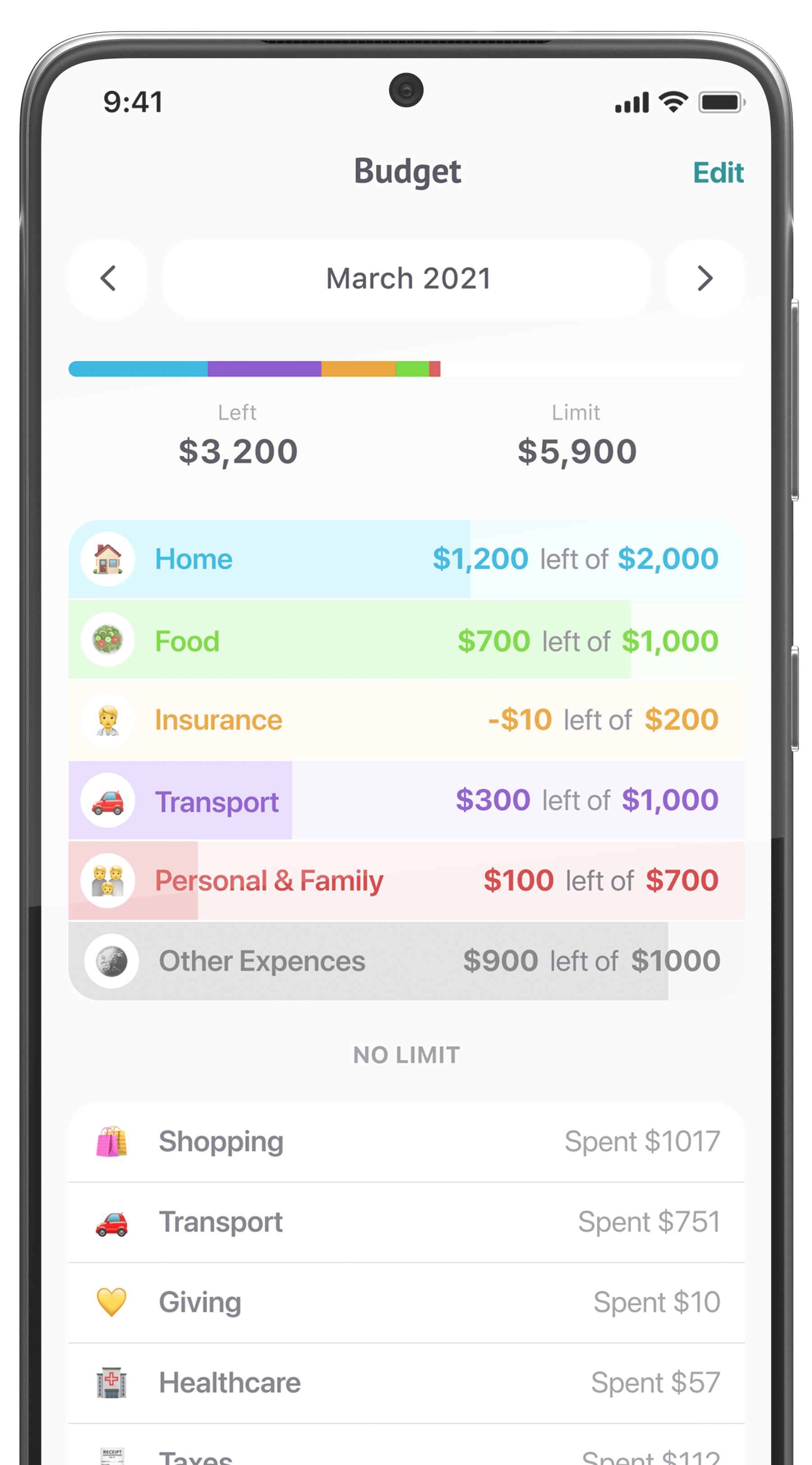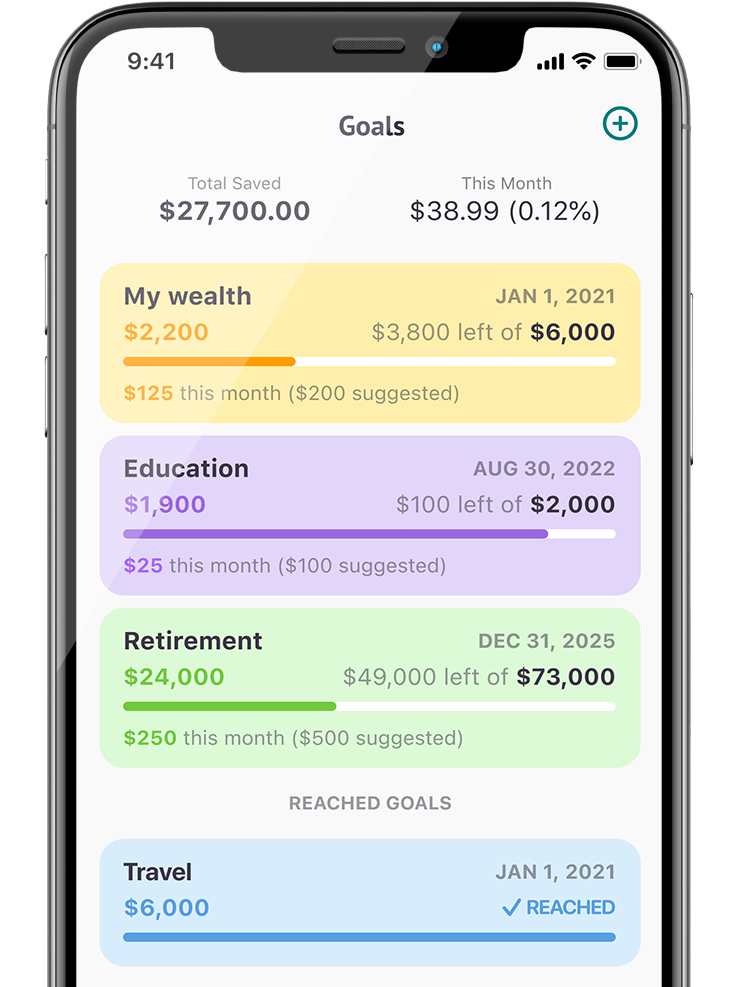This is the second article of our series devoted to cryptocurrency. Last week we explained what cryptocurrency is, how it works and what token types there are. Today, we’re going to move on to practice and give you some tips on how to get started with cryptocurrency.
Cryptocurrency isn’t just for geeks and anarchists anymore: it’s begun to be recognized as a legitimate if volatile, financial instrument and the surrounding infrastructure is improving. As long as you understand what you’re buying and the risks associated with it, you don’t really need to understand the nuts and bolts of blockchain technology. To get started with cryptocurrency can actually be as easy as opening any other financial account. There are some things you should definitely be comfortable with, though:
– Using a computer/smartphone to conduct financial transactions.
– Googling, troubleshooting, and experimenting with things you don’t understand.
– Relatively large amounts of risk.
– If you’re investing for the long term, you should have fairly good research skills and a decent scam detection radar.
If that sounds like you, the next things you’ll need to know are mostly technical: how to buy and sell cryptocurrencies, how to make and use a wallet, and how to send and receive your digital money.
Cryptocurrency exchanges: buy, trade, and sell cryptocurrencies
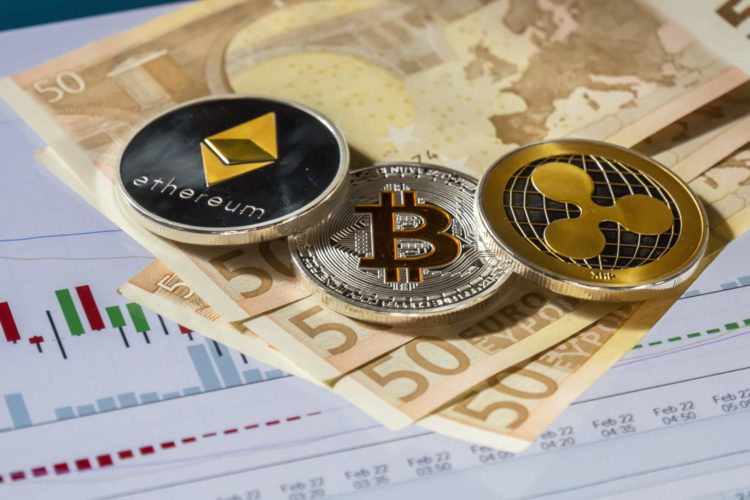
If you want to get started with cryptocurrencies the first step you should make is to acquire some. Many crypto exchanges only support trading in digital currencies, as supporting fiat currencies (dollars, euros, yen, etc) can come with a lot more risk and regulatory baggage. Most countries/and national currencies have reputable fiat-crypto exchange options, though, so your best bet is to register with one of those, which generally requires providing ID. Your other option is to find someone who will sell you crypto for cash directly, but this can be more difficult and time-consuming.
When choosing an exchange, make sure it has a good reputation and supports the currencies you want to trade. Up-to-date research is important, as even popular exchanges with good reputations can turn out to have issues.
Most fiat-to-crypto exchanges only support buying and selling a few of the major cryptocurrencies with fiat. Bitcoin, Ethereum, Litecoin, and Bitcoin Cash are all widely available, but you’ll have to go through some extra steps to buy most small-cap currencies.
1. Find the trading pair for the coin you want to buy (most minor coins can be bought using Bitcoin or Ethereum, but often can’t be exchanged for anything else).
2. Buy the major coin.
3. Trade the major coin for the smaller coin.
Cashing back out into fiat is the same process, just in reverse: you’ll need to first trade your smaller coin for one that you can exchange for fiat.
Most of the better-known exchanges are quite user-friendly, so this process shouldn’t be any more difficult than regular online banking/trading. If you want to hold cryptocurrency for the long term, though, you should keep in mind that exchanges are often not regulated and many have been hacked in the past, making them a risky place to store your crypto. It’s generally a better idea to store your funds in a wallet.
Creating and using a cryptocurrency wallet
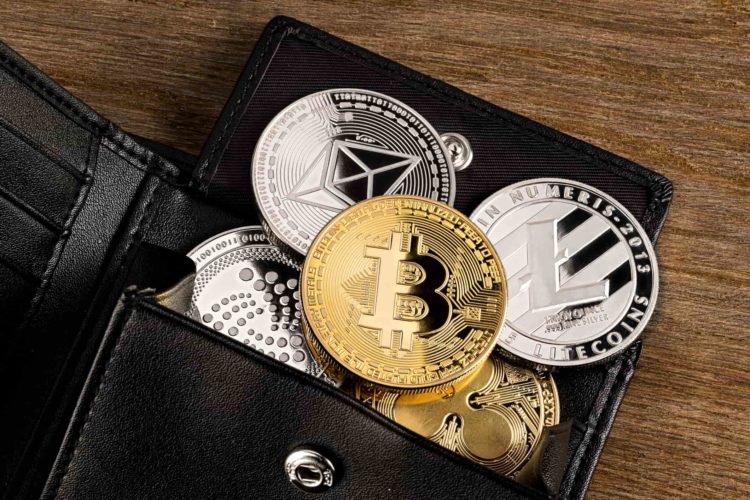
The term “wallet” may be a little misleading since it doesn’t actually hold any currency; it just lets you access your funds. Every wallet can store at least one set of keys (cryptographically-generated strings of letters and numbers), each pair composed of one public key and one private key. The public one is your address on the blockchain (the account publically associated with your balance) and the private one is like your password, allowing you to access your balance. You can give your public key out to whomever you like, but guard your private key carefully, as anyone with access to it can basically control your account.
If that sounds complex, don’t worry: wallets have gotten more user-friendly too. They all work basically the same way:
1. Download/sign up for the wallet.
2. Set up your account and back up your keys.
3. Receive cryptocurrency by sharing your wallet’s public address.
4. Send cryptocurrency by signing transactions with your private key.
There are several types of wallets with different levels of complexity and security. You should get familiar with them before getting started with cryptocurrency:
– Desktop wallets: Most cryptocurrencies release their own desktop wallet, and there are wallets that can manage multiple currencies as well. They are typically quite secure and user-friendly.
– Mobile wallets: About as secure as desktop wallets, though frequently developed by third parties and always connected to the internet, making them a little more vulnerable to failure and/or theft. They are very convenient for quick trading and transactions.
– Hardware wallets: USB devices that you can connect to PCs and mobile phones to manage your cryptocurrencies. These are a little more expensive but typically regarded as the most secure option since they are offline most of the time and come with strong encryption and trusted wallet apps.
– Paper wallets: This is just what it sounds like. You print out your public/private keys onto a piece of paper, transfer your currency to the public address, and destroy any digital records. It’s very secure, since your private key doesn’t exist anywhere in digital form, but can be technically challenging to manage and especially vulnerable to accidental loss or destruction.
– Web-based “hot” wallets: These store your account information and private keys online, which makes them easy to access but also very insecure. This isn’t much better than holding all your cryptocurrency on an exchange.
Desktop and mobile wallets are a good option for less advanced users. Just keep in mind that many wallets are only compatible with certain types of cryptocurrency. If you send Ethereum to a Bitcoin address, for example, that Ethereum could be gone forever since that Bitcoin address doesn’t even exist on the Ethereum network.
Sending and receiving cryptocurrency
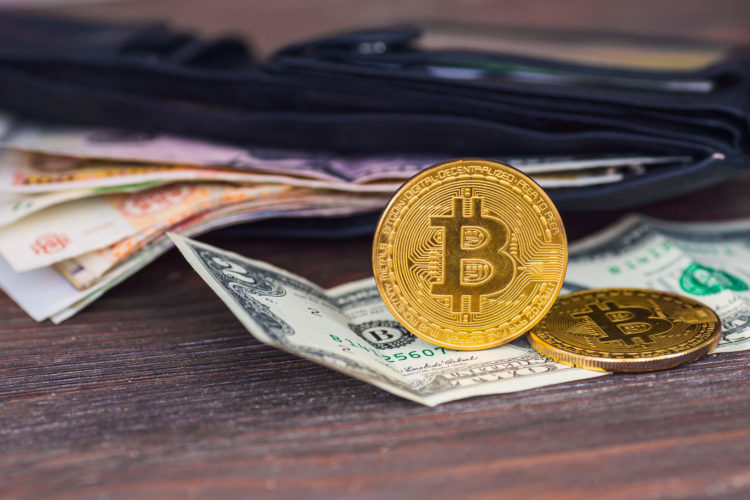
Once you’ve got started with cryptocurrency — gotten some cryptocurrency and made a wallet — you’ll need to transfer it from the exchange to the wallet. The primary purpose of most cryptocurrencies is to be transferred between accounts, so this is generally pretty straightforward. To send:
1. Google “how to send [name of cryptocurrency].” Most major coins are easy enough to send, but some of them have special rules and/or fees you should be aware of.
2. Regardless of whether your cryptocurrency is in an exchange or a wallet, there should be an interface with a “send” or “transfer” button. Click that.
3. Find the public address (a long string of letters and numbers) of the account you want to send money to. If you’re sending it to your wallet, just use your wallet address. If you’re sending it to someone else’s address, double-check that it’s the right person. Copy-paste the address into the correct field. Alternatively, you may be able to use a QR code.
4. Enter the amount of cryptocurrency you want to send. Be sure it’s correct since the conversions can be confusing and transactions are not reversible.
5. Wait for the transaction to be confirmed on the blockchain.
Receiving cryptocurrency is way easier:
1. Give the person paying you your public address (the long string of letters and numbers). Alternatively, give them your QR code to scan.
2. Wait for the money to show up in your account.
When sending crypto, make a habit of double-checking everything: addresses, transaction amounts, even the type of currency you’re sending. Try sending small test amounts to addresses before transferring large sums, just to make sure you’ve got the right info.
Different coins and wallets have different rules and interfaces, so take the time to become familiar with them before getting started with cryptocurrency. If your transaction is taking a long time, or you’re not sure if you did it correctly, most cryptocurrencies have interfaces that let you look at the blockchain, like Etherscan for Ethereum or Blockchain Block Explorer for Bitcoin. In most cases, you can enter your transaction ID and see the sender, receiver, amount, and current status.
How does the market behave? What can I expect?

Cryptocurrency is still a very new, untested market, with all the risk and reward that this implies. Its long-term trend has been positive, with most of the major coins having seen major gains over their lifetimes. The crypto bubble of 2017 saw cryptocurrency values shoot up to unimagined heights and then crash by the time 2018 rolled around, but even after the drop many of them remained above their pre-bubble prices, and have been stable or rising since then.
If there’s one thing even non-crypto investors tend to know about, though, it’s how volatile the market can be. Anyone looking to get started with cryptocurrency should be aware of just how quickly things can turn around in the crypto world.
For example, Elon Musk’s tweets in support of Dogecoin, a cryptocurrency that started as a joke, have caused a sudden 800% surge in its price in just 24 hours. And Tesla’s announcement about having invested $1.5 billion in bitcoin and plans to start accepting payments in Bitcoin has prompted an 18% spike in the cryptocurrency’s price.
So before getting started with cryptocurrency it’s important to consider the following factors that tend to influence the market:
– News that contributes either to FUD (Fear, Uncertainty, Doubt) or to FOMO (Fear Of Missing Out);
– Regulations and taxes;
– Cryptocurrency’s actual value as a medium of exchange, especially in unstable economies;
– Large liquidations, when large investors can disrupt the market with a big sell-off (and sometimes profit by using the profits to buy more);
– Hacks and security breaches;
– Investor emotions contributing to feedback loops of gains and losses.
Nonetheless, despite its unpredictable behavior and the frequent bad press it gets, the cryptocurrency market hasn’t disappeared. It still has plenty of proponents and attracts new traders and investors on a regular basis, though every participant should be keenly aware that they are entering uncharted waters.






